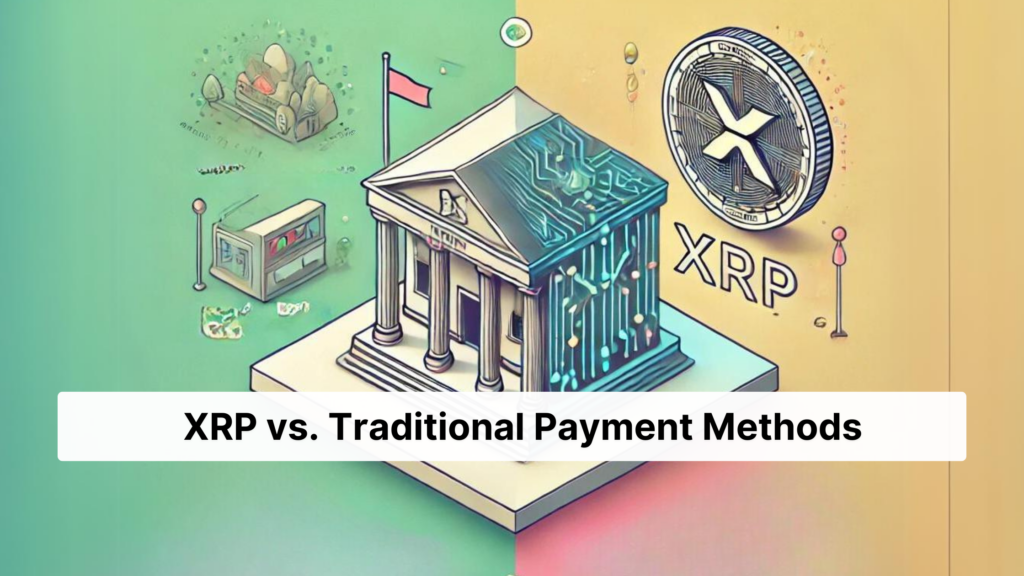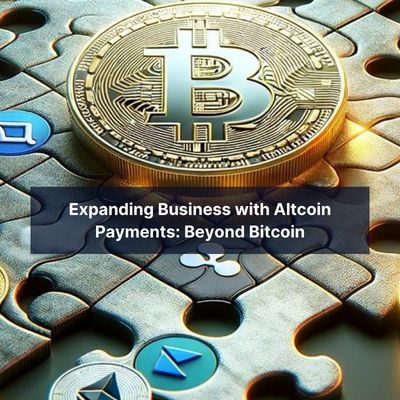
XRP vs Traditional payment methods highlights the speed advantages offered by new blockchain transactions. In today’s fast-paced digital economy, businesses are under pressure to optimize every aspect of their operations—including how they handle payments. With customers expecting faster service, global partners demanding seamless transactions, and margins tighter than ever, traditional payment methods are starting to show their age. When you look at some of the popular comparisons, like XRP vs Visa settlement options, the cost differential becomes astronomical.
As an alternative, XRP, the digital asset developed by Ripple, offers a modern, blockchain-based solution that dramatically improves transaction speed, reduces fees, and expands global payment capabilities. This article explores how XRP compares to traditional payment methods—and why now might be the perfect time for your business to accept XRP.
The Limitations of Traditional Payment Systems
For decades, businesses have relied on familiar financial rails like credit cards, bank transfers, wire payments, and SWIFT to move money. While these systems are trusted and well-established, they come with real trade-offs:
- High Transaction Fees: Credit card processors and banks often charge 2%–5% per transaction, with additional fees for international payments.
- Slow Processing Times: Domestic payments can take hours or days; cross-border wire transfers may take up to 5 business days.
- Currency Exchange Complications: Businesses dealing with international customers face unpredictable conversion rates and hidden exchange fees.
- Limited Transparency: Traditional systems offer minimal real-time insight into payment status, increasing the risk of delays and disputes.
The Advantages of XRP
XRP is a digital currency designed specifically for cross-border payments and liquidity. Built on the XRP Ledger (XRPL), it allows businesses to transfer value instantly and securely—without relying on traditional banking systems.
Here are some of its key advantages over traditional payment methods:
- Speed and Efficiency: Unlike traditional methods that require multiple intermediaries, XRP transactions settle in just a few seconds, no matter where the sender and receiver are located. This enables businesses to accept Ripple payments with minimal delay and improved operational efficiency.
- Low Transaction Costs: With XRP, businesses can eliminate intermediary banking and processing fees. Transaction costs on the XRP Ledger are often a fraction of a cent. This is especially valuable for e-commerce platforms or service providers who handle high transaction volumes or small payments.
- Currency Agnosticism: XRP acts as a bridge currency, enabling seamless conversion between fiat currencies. Whether you’re doing business in USD, EUR, JPY, or others, XRP allows you to accept Ripple and move between currencies quickly—without the friction of forex markets.
- Enhanced Security and Transparency: All XRP transactions are recorded on a public, immutable blockchain. This means full transparency, real-time tracking, and reduced risk of fraud. For businesses, this translates into more reliable payments and improved customer trust.
XRP vs Visa Network
Total payment volume on blockchain rails has eclipsed Visa and Mastercard networks in recent years. XRP, offering institution to institution options, offers tremendous cost savings in alternative to the Visa Network for processing international payments. Utilizing the XRP coin to on-ramp and off-ramp in different currencies, the XRP market offers the ability to charge lower fees and smaller margins on the FX transaction. By Ripple and other stakeholders serving as market makers, XRP provides a more cost effective solution.
XRP vs Traditional Payments: A Quick Comparison
Let’s delve deeper into how XRP outshines traditional payment methods in key areas:
| Feature | Traditional Payments | XRP / Ripple Payments |
| Processing time | Hours to days | Seconds |
| Transaction fees | 2-5% or more | < $0.01 |
| Currency exchange | Slow and costly | Fast, with minimal slippage |
| Transparency | Limited visibility | Full blockchain audit trail |
| Fraud risk | Chargebacks, reversals | Final and immutable |
Why More Businesses Are Choosing to Accept XRP
As crypto adoption rises and digital payments become the norm, businesses that accept XRP position themselves at the forefront of innovation. Whether you’re a tech startup, a global SaaS provider, or an e-commerce platform, integrating Ripple payments can create a significant competitive edge.
By choosing to accept Ripple payments, businesses benefit from:
- Faster cash flow and settlement cycles
- Lower overhead and banking fees
- Improved trust through transparent transactions
- Broader reach with crypto-savvy customers
How to Accept XRP with Salesforce and Web3 Enabler
Integrating XRP into your existing business systems doesn’t have to be complicated. Tools like Web3 Enabler make it easy to accept XRP—especially for Salesforce users.
Here’s a simple 4-step process to get started:
- Create a Salesforce Developer Account
Sign up for a free Salesforce Developer Edition to test integration tools. - Install Web3 Enabler Blockchain Payments
Add the Web3 Enabler app to your Salesforce instance from the AppExchange. - Configure XRP Support
Follow the setup guide to enable XRP payments inside your CRM system. Web3 Enabler provides full support for XRP wallets, smart trustlines, and transaction logic. - Test and Deploy
Run end-to-end tests in a sandbox environment before going live. Once deployed, you can accept XRP directly from customers inside your Salesforce workflows.
Future Outlook
The future of business transactions is rapidly evolving, with cryptocurrencies like XRP leading the way. As more businesses recognize the benefits of XRP over traditional payment methods, we can expect wider adoption and continued innovation in this space.
The Road Ahead
As blockchain infrastructure continues to mature, more businesses will move away from legacy systems and toward decentralized solutions like XRP. Forward-thinking companies that accept Ripple today are already experiencing faster transactions, lower costs, and better user experiences.
With ongoing developments in the Web3 and crypto space, XRP’s role in global payments will only grow. Businesses that adopt early will be best positioned to scale globally and thrive in the next generation of digital finance.


